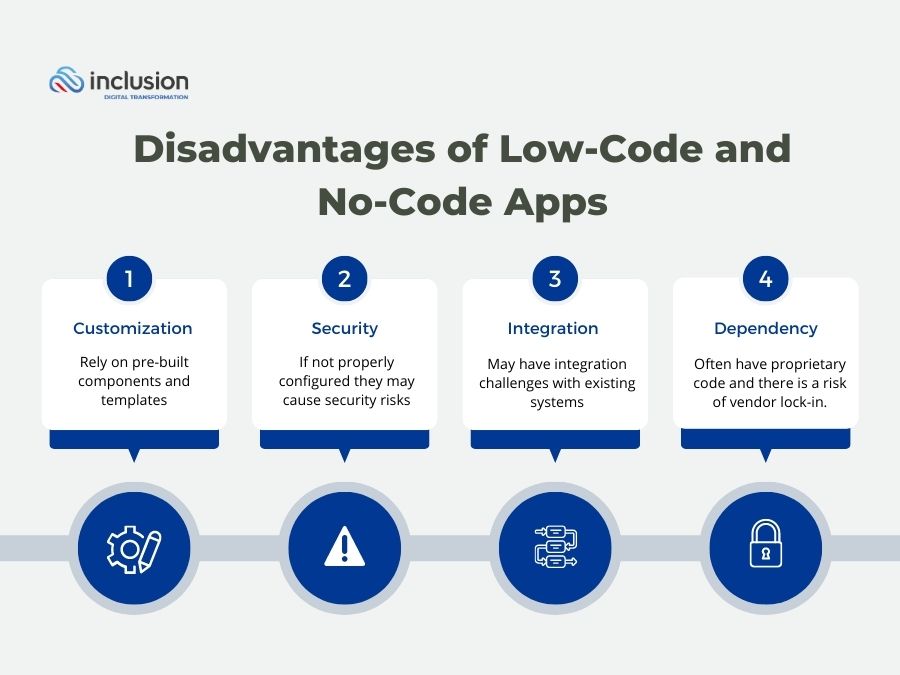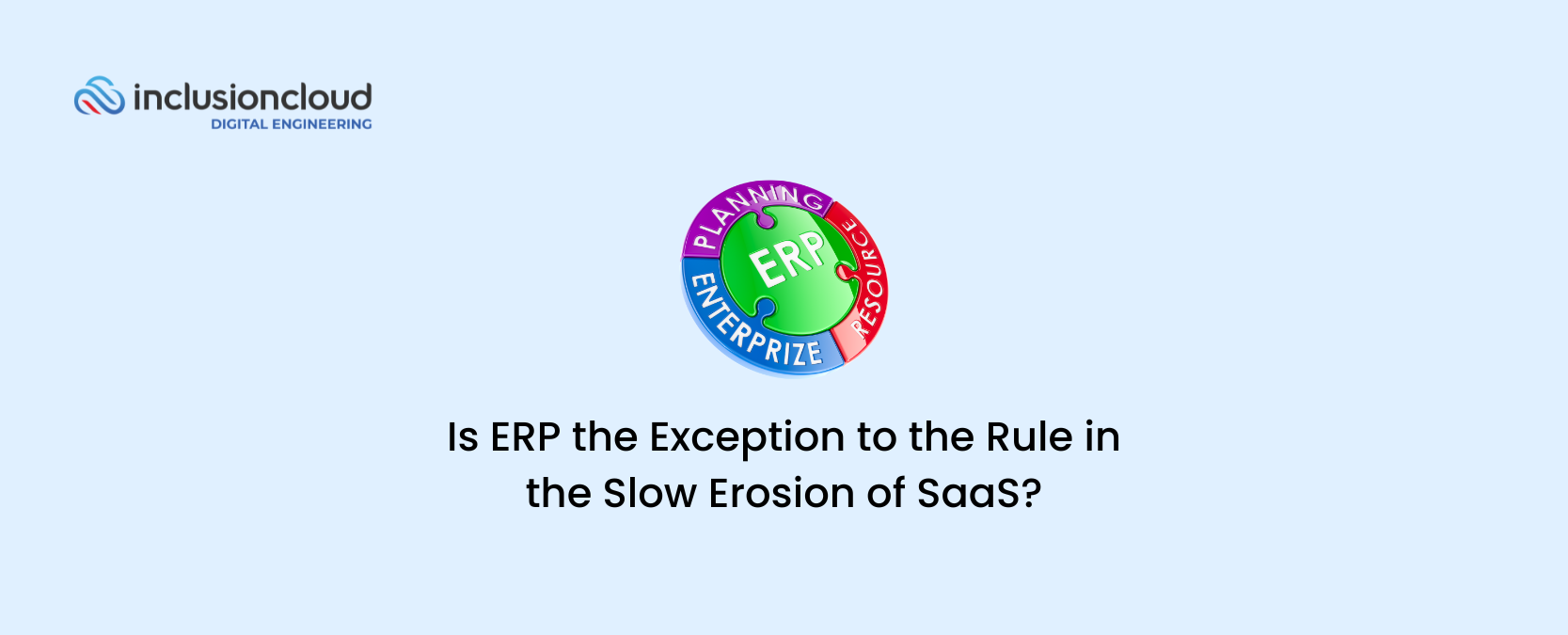As businesses continue to face increasing competition, rising customer expectations, and a constantly evolving technological landscape, there is a growing need for solutions that can help companies streamline their operations, cut costs, and boost efficiency. Low-code and no-code apps have emerged as a game-changing technology that can help businesses achieve these goals and stay ahead of the curve.
In this blog post, we will explore what low-code and no-code apps are, their advantages and disadvantages, some examples of these apps, and the aspects that should be taken into account before hiring a service of this type.
Citizen Development: Empowering Non-Technical Users
Citizen development is a growing trend in the world of low-code and no-code app development. It refers to the practice of empowering non-technical users, such as business analysts and power users, to build custom solutions using low-code or no-code platforms. This approach allows businesses to democratize the app development process, enabling a wider range of users to create applications that meet their specific needs. By leveraging citizen development, businesses can reduce their dependence on IT departments, accelerate the development process, and improve the agility of their operations.
What Are Low-Code and No-Code Apps?
Low-code and no-code apps are applications that are built using a visual interface, which requires little or no coding knowledge. These apps can be used to create custom solutions that automate business processes, optimize workflows, and integrate with existing systems. While low-code and no-code apps are often used interchangeably, there are some key differences between them.
Low-code apps are designed for developers and IT professionals with some coding experience. These apps provide a visual interface for building custom applications using drag-and-drop components and pre-built templates. Low-code apps allow developers to create complex applications faster than traditional coding methods while reducing errors and ensuring compliance.
No-code apps, on the other hand, are designed for non-technical users who have little or no coding experience. These apps provide a visual interface for creating custom applications using drag-and-drop components and pre-built templates. No-code apps allow non-technical users to create applications without relying on developers, which can help reduce costs and improve time-to-market.
Advantages of Low-Code and No-Code Apps
The following are some of the advantages that this type of application development can offer companies:
Faster development
Low-code and no-code apps allow businesses to develop custom applications faster than traditional coding methods. This is because the visual interface enables developers and non-technical users to create applications using drag-and-drop components and pre-built templates, which reduces the need for manual coding.
Lower costs
Low-code and no-code apps can significantly reduce the costs associated with custom application development. This is because they require fewer developers, less time, and fewer resources to develop, test, and deploy applications. Moreover, low-code and no-code apps can be used to automate business processes, which can help reduce operational costs.
Increased productivity
Low-code and no-code apps can help improve productivity by automating repetitive and manual tasks. This can help employees focus on more complex tasks that require human intervention, which can lead to better decision-making and improved business outcomes.
Improved user experience
Low-code and no-code apps can help businesses create applications that are tailored to the needs of their users. This can lead to improved user experience, increased engagement, and higher satisfaction.
Scalability
Low-code and no-code apps can be easily scaled up or down depending on business needs. This means businesses can quickly adapt to changing market conditions, new opportunities, and growth without incurring additional costs.
Disadvantages of Low-Code and No-Code Apps
Low-code and no-code development platforms have gained significant popularity in recent years, promising to democratize the software development process. While these platforms have advantages, such as faster development times and reduced costs, there are also some concerns associated with them.
One of the main issues is that they may lead to the creation of applications that lack the necessary quality, security, and scalability required for enterprise-level use. Additionally, there is a risk of creating silos of applications that are difficult to integrate with existing systems, which can create maintenance and data management challenges.
Another concern is the potential for lock-in with the platform provider, as these platforms often have proprietary code that may limit the ability to switch to other platforms or customize the applications beyond the platform’s capabilities. In this context, it is important to carefully consider the use cases and requirements before deciding to use low-code or no-code platforms and to ensure that proper governance and oversight are in place to address these issues.
These are some of the issues in low-code and no-code apps that decision-makers should consider:
Limited customization
Low-code and no-code apps may have limitations when it comes to customization. This is because they rely on pre-built components and templates, which may not always meet the specific needs of the business.
Security risks
Low-code and no-code apps can pose security risks if they are not properly configured and maintained. This is because they rely on pre-built components and templates, which may contain vulnerabilities that can be exploited by hackers.
Integration challenges
Low-code and no-code apps may have integration challenges when it comes to integrating with existing systems. This is because they may not have the flexibility and scalability to integrate with complex legacy systems.
Dependency on the platform provider
One significant concern with low-code and no-code platforms is the potential for vendor lock-in. Because these platforms often have proprietary code, it may be difficult to switch to a different platform provider or to modify the application beyond the capabilities of the platform. This can create long-term risks and limitations for the organization, especially if the platform provider goes out of business or significantly changes its pricing or offerings.

Examples of Low-Code and No-Code Apps
There are several low-code and no-code app development platforms available in the market today, each with its unique features and capabilities. Here are some examples:
Salesforce Lightning
Microsoft PowerApps
Appian
Bubble
Mendix
When Should You Use a Low-Code or No-Code Platform?
Low-code and no-code platforms can be an excellent option for companies looking to develop custom apps quickly and efficiently. They can be particularly useful for simple apps or prototypes, as well as for businesses that need to quickly adapt to changing market conditions or customer needs.
However, low-code and no-code platforms may not be the best choice for more complex apps or projects that require a high degree of customization or integration with other systems. In these cases, a more traditional development approach may be necessary. It’s also important to consider the skills and experience of your development team, as well as the long-term maintenance and support requirements of the app. Ultimately, the decision to use a low-code or no-code platform should be based on a careful assessment of your specific needs and goals, and a thorough understanding of the strengths and limitations of these platforms.
How Outsourcing Providers Can Help with Low-Code and No-Code Apps
Outsourcing providers can be an excellent resource for companies looking to develop low-code or no-code apps. These providers often have extensive experience with these types of platforms and can bring a wealth of knowledge and expertise to the table. They can help with everything from initial planning and development to ongoing support and maintenance, ensuring that the app meets the needs of the organization and its users.
Conclusion
In conclusion, low-code and no-code app development are game-changing technologies that can transform how businesses approach app development. These platforms offer several advantages, including accelerated development times, reduced costs, and greater flexibility. Additionally, citizen development has emerged as a new trend that allows non-technical users to create custom solutions, further increasing the agility of businesses.
However, there are also some potential disadvantages to consider when adopting low-code and no-code app development. These platforms may not offer the same level of customization or scalability as traditional app development methods. Additionally, there is a risk of creating apps that do not meet enterprise-grade standards for security, performance, and reliability.
That being said, businesses can mitigate these risks by partnering with experienced low-outsourcing providers with the right talent. Our team of experts can help guide you through the app development process and ensure that your solutions meet your specific requirements.
By taking a balanced approach, businesses can leverage these innovative technologies to optimize their operations, drive growth, and stay ahead of the competition.





